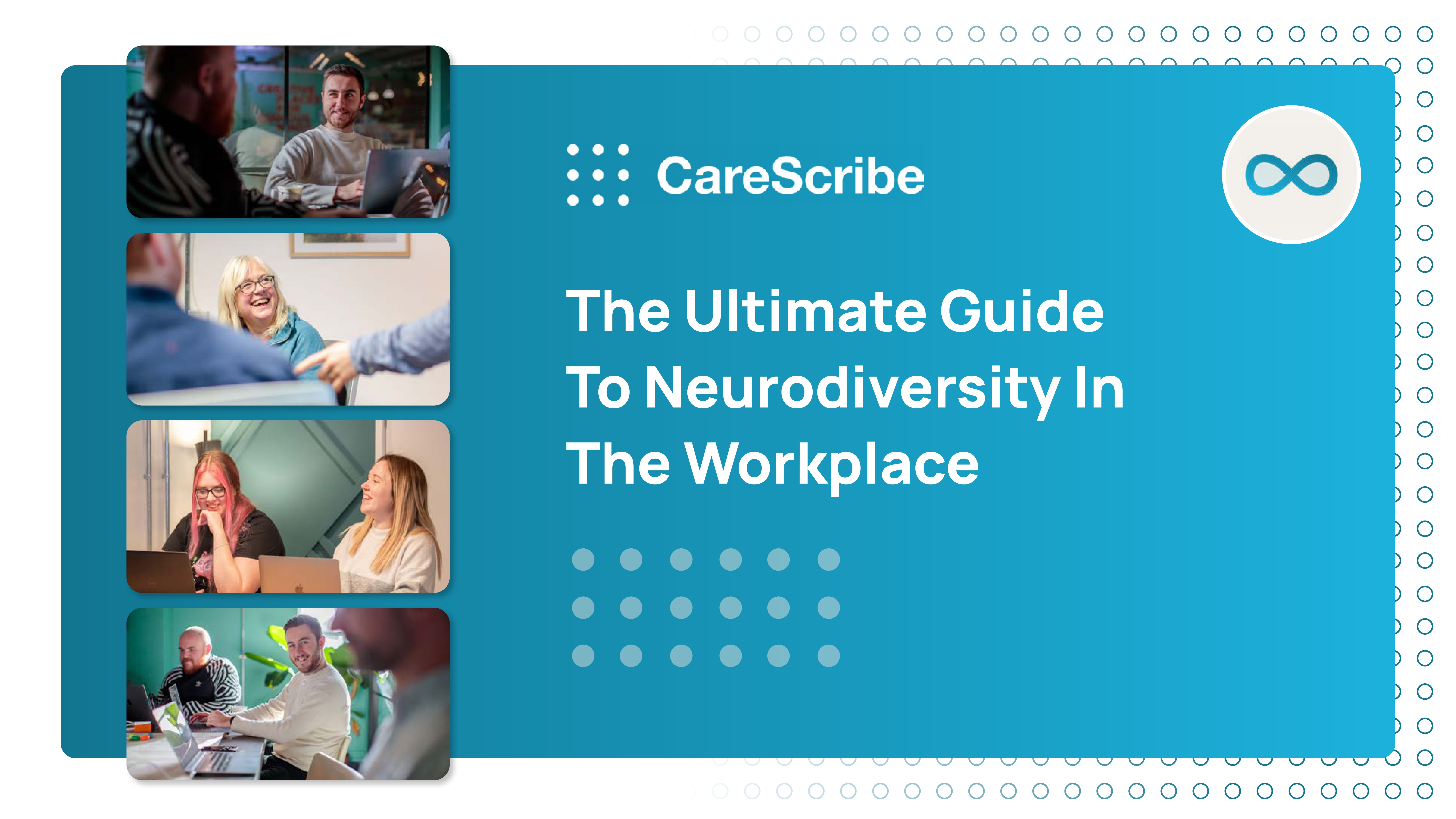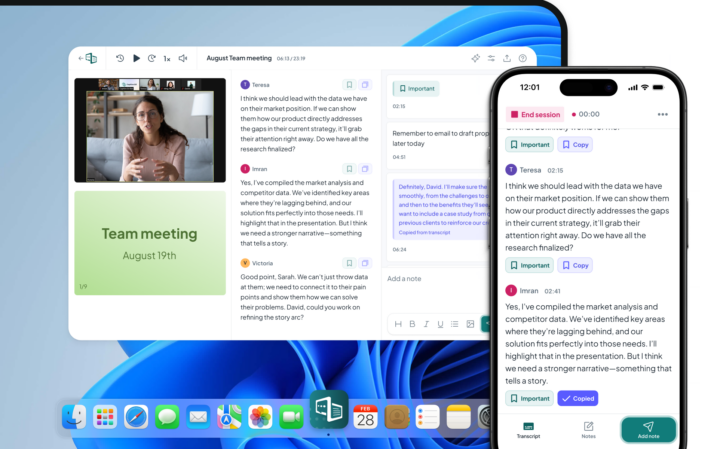What Exactly Is CPD, and Why Is It Important?
Have you ever attended a conference to learn about new research in your field? Perhaps you’ve undergone training to refresh your knowledge of DEIB or data protection. These are both strong examples of CPD, otherwise known as Continuing Professional Development. While CPD is very much an umbrella term, it tends to encompass all the activities we do to:
- Develop professionally
- Acquire new skills
- Stay up to date with industry advancements
If you’re already familiar with the meaning of CPD and some of its benefits, you may want to jump ahead. If not, let’s take a look at what activities can contribute to CPD and why the practice as a whole is so important.
CPD Activities and Categories
There are lots of activities that contribute towards CPD. These fall under three main categories:
- Structured CPD (Active Learning): This involves interactive participation through training courses, workshops, conferences, and e-learning. The key focus is active engagement from participants.
- Reflective CPD (Passive Learning): This focuses on structured content without interactive elements. For example: training videos, lectures, podcasts, and case studies.
- Informal CPD (Self-Directed Learning): This covers unstructured, independent learning through forum discussions, reading books and articles, and researching industry news.
When combined, these simple elements help to support a well-rounded professional development journey that can enhance someone’s skills and improve future prospects.
According to a white paper published by the CPD Standards Office, 90% of professionals believe CPD plays a big part in career progression.
Why Else is CPD Important?
While many businesses engage in CPD programs to ensure staff stay highly skilled, in environments like healthcare settings and public sector environments — where outdated information or obsolete practices can have significant consequences — CPD becomes even more critical.
In these fields, professional development isn’t just helpful, it’s a safeguard that protects public welfare and ensures service delivery meets contemporary standards.
Of course, not all organisations face life-or-death situations, but failing to refresh knowledge or develop staff skills can still lead to negative outcomes, so it’s always important to make CPD a priority.





